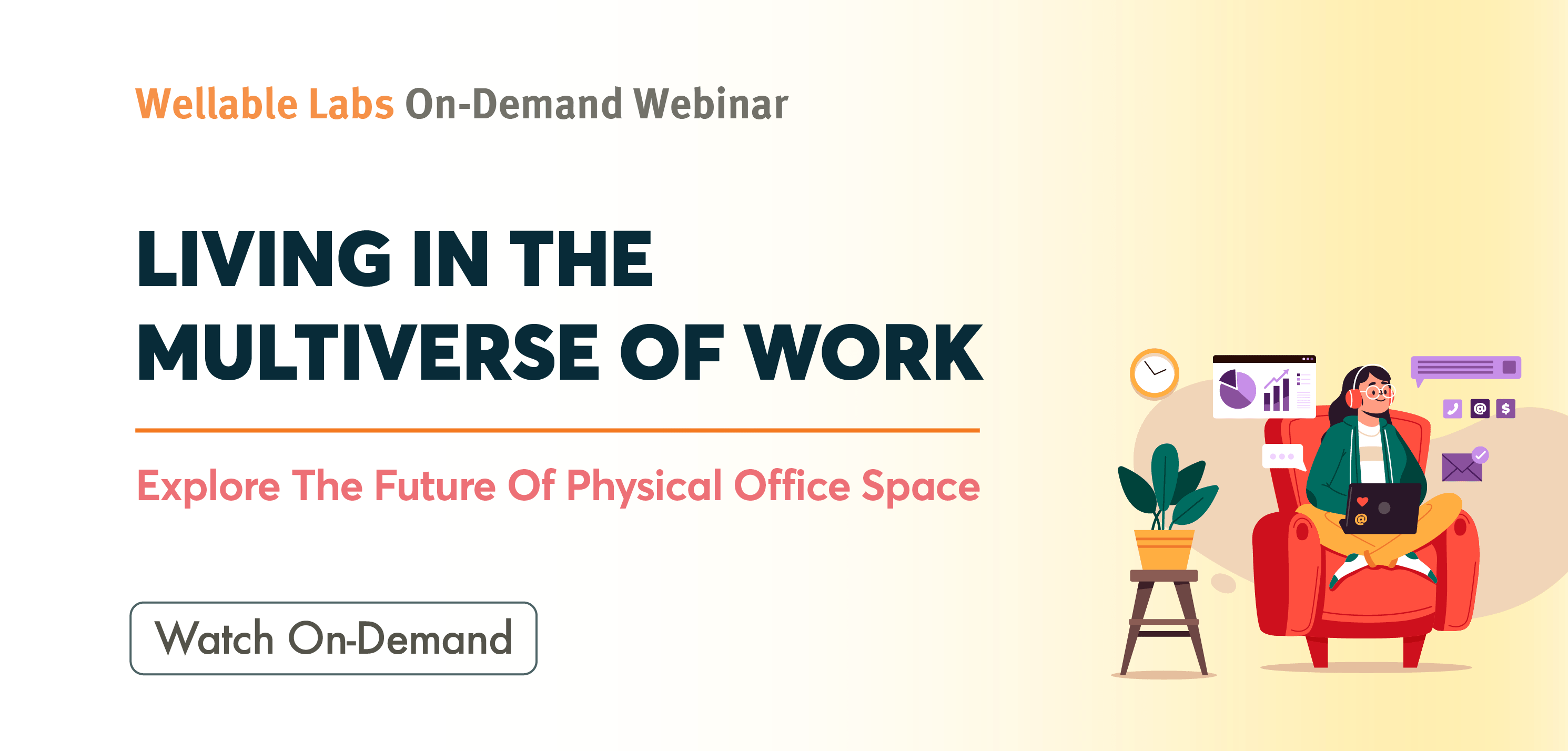The pandemic forced many organizations to run an unintended field experiment in remote business operations. Though a number of companies were able to make the transition successfully, many began to wonder how to best prepare for when circumstances permit a return to “normal.” To help organizations make this decision, Wellable has reported on a variety of data points over the past few months, like the opinions of influential CEOs about the long-term viability (or lack thereof) of fully remote workplaces and relevant statistics (e.g., the percentage employees who prefer hybrid work schedules along with their productivity in different workplace flexibility arrangements). Collectively, this information indicated that most companies were not planning to allow their employees to work remotely all of the time after the pandemic, and that for many workers, this strategy was in line with what they preferred and with how they work best.
Apple’s Workplace Location Flexibility Policy
As more and more individuals become vaccinated and the pandemic draws to a close, businesses are finalizing and announcing their post-pandemic workplace location flexibility policies (WLFPs). These decisions, along with their results, provide more information not only on how to decide what WLFP will work best for your company, but on how to give whatever policy you end up with the best chance at succeeding.
Apple’s WLFP along with its reception are particularly instructive. In an email to staff, Tim Cook, CEO of Apple, stated that Apple would not continue with a fully remote WLFP starting in September. Specifically, he stated that employees will be asked to come into the office three days a week, except for members on teams that require more in-person work, who will be required to come in four days a week.
In response, 2,800 Apple employees formed a Slack group for “remote work advocates.” 80 of these members penned a letter to Cook expressing their dissatisfaction with the policy along with the basis on which it was formed. They wrote:
Apple’s remote/location-flexible work policy, and the communication around it, have already forced some of our colleagues to quit. Without the inclusivity that flexibility brings, many of us feel we have to choose between either a combination of our families, our well- being, and being empowered to do our best work, or being a part of Apple. […] For inclusion and diversity to work, we have to recognize how different we all are, and with those differences, come different needs and different ways to thrive.
Apple’s WLFP and DEI
In essence, part of what they are emphasizing is what many experts have already been trying to convey to businesses. In Avison Young’s detailed report on the “multiverse of work”, one of their key takeaways is that “there is no single ‘one size fit all’ solution” (they also highlighted statistics which, when applied to Apple’s sizable workforce of around 37,500 employees, predict that over 6,000 will want to work remotely all of the time). Part of problem with Apple’s policy then, at least from the perspective of its employees and likely many experts were they to consider it, is that it treats diverse employees and teams with distinct needs as if they were the same. The result is that many workers have quit, that some who remain feel that their needs and work styles have not been taken into account, and that Apple’s messaging has made them “feel dismiss[ed] and invalidated,”
Apple’s WLFP And The Environment
The concerns raised in the letter cover more than diversity and inclusion and the importance of cultivating WLFP’s that are sensitive to the range of circumstances that different individuals work best in. More specifically, Apple employees asked for “insight into the environmental impact of returning to on-site in-person work, and how permanent remote-and-location-flexibility could offset that impact.” In other words, they want Apple to think not just about how different people may work best under different WLFPs, but also about how these policies might impact more than the individuals who work at Apple via the environmental impact that might come with requiring more employees to come into the office, or perhaps even having a larger office footprint to begin with. This is a significant consideration for organizations who are concerned not only with the well-being of their employees but with the broader impact that their companies have on the environment and society at large.
Takeaways
There are a number of important lessons that can be drawn from the reaction to Apple’s WLFP. In particular, this case study suggests that your organization’s WLFP may benefit from:
- Giving employees a say: The Apple employees involved in the letter felt that their voices were not heard. This likely contributed to the degree of dissatisfaction that they felt with the policy that has been implemented. Had they been given a chance to contribute to the process of forming the policy, they may have felt better about the outcome, even if the final policy did not perfectly match their needs.
- Letting the WLFPs be decided on a team-by-team basis: Depending on the size of an organization, it may be best to have multiple WLFPs and to have each one tailored to the individual teams that make up the company. In doing so, businesses can avoid enforcing an imperfect one-size-fits-all solution.
- Considering the environmental impact of the strategy: Apple’s employees have rightfully drawn attention to the fact that different WLFPs might have differential impacts on the environment. These effects will vary depending on the number of employees who are required to come into the office, the number of days that they are required to come in, the kinds of transportation they use, and even the size of the office required to house the employees as they work. As global climate change becomes an ever-increasing concern, employers should be especially mindful of the strain that various WLFPs would place on the environment.













